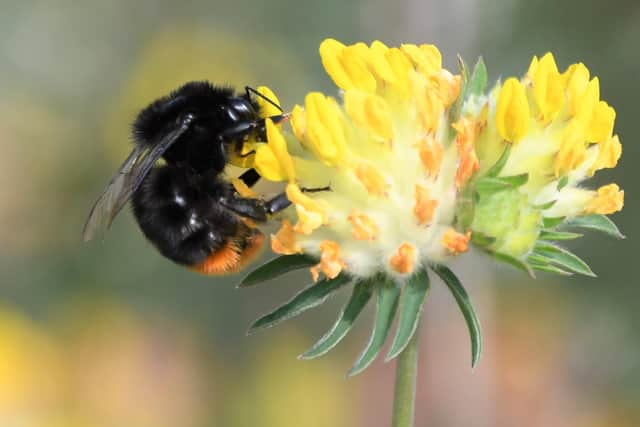Bees flourishing in new wildlife corridors in South Downs National Park
and live on Freeview channel 276
6 hectares of habitat have been grown as part of the Bee Lines initiative to provide a “road system” for pollinating insects to move from one area to the next through the protected area.
To mark World Bee Day (May 20), the national park authority is celebrating the progress made by the wildlife corridor initiative which has included 18 projects in Hampshire and Sussex receiving a total of £95,000 in funding which include sites near Droxford, Buriton, Selbourne and Chichester.
Advertisement
Hide AdAdvertisement
Hide Ad

Nick Heasman, a countryside policy manager for the South Downs National Park who has been helping to lead Bee Lines, said that early data was encouraging and showed that bee and butterfly populations were bouncing back in the area.
He said: “Bees are busy ecosystem engineers and by pollinating flowers they create food for other wildlife and, of course, humans. In fact, one out of every three mouthfuls of our food depends on pollinators such as bees.
“Bee Lines is just one strand of the National Park’s ReNature campaign and it’s incredibly exciting to see nature recovery in action.”
To find out more about ReNature visit www.southdowns.gov.uk/renature/